Cena 2 ,67 zł. Silicone FG smaruje, zabezpiecza, chroni przed wilgocią i odnawia powierzchnie. Silicones are used in many products. Marka: Ambersil. Pharmaceutical Polymers From these materials, through complex chemical reactions, silicone is synthesized. Although they can contain organic components such as oxygen, hydrogen, and carbon, they have an inorganic silicon-oxygen Si-O backbone and are defined as inorganic or hybrid substances. The use of silicones in electronics is not without problems, however. It is then distilled into a polymerised siloxane known as polydimethylsiloxane. Such a system will cure on its own at room temperature and unlike the platinum-based addition cure system is not easily inhibited by contact with other chemicals, though the process may be affected by contact with some plastics or metals and may not take place at all if placed in contact with already-cured silicone compounds. For the platinum-catalyzed cure system, the curing process can be accelerated by adding heat or pressure. Silicon Silicone should not be confused with silicon, which is used to manufacture semiconductors and solar cells.
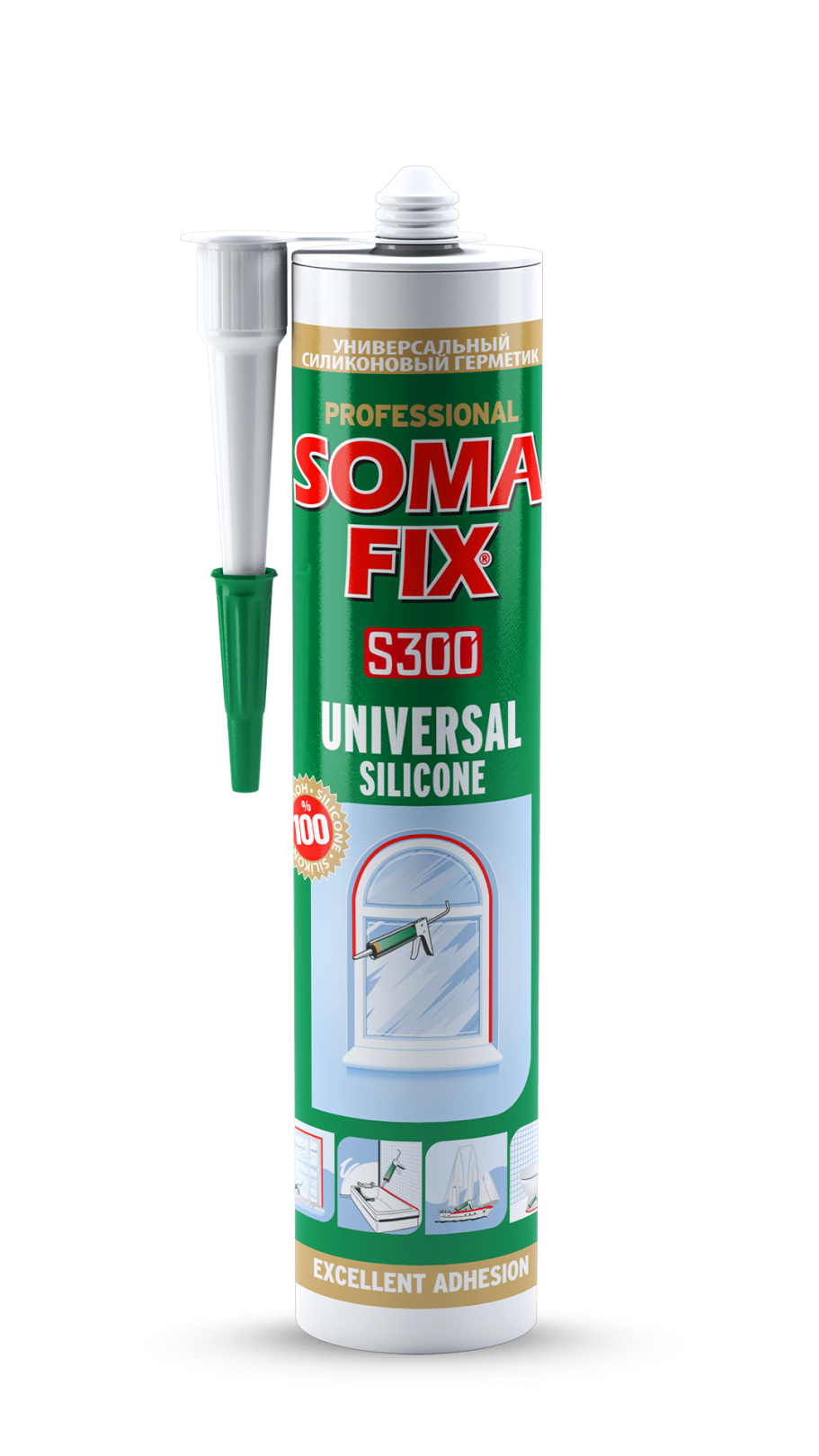
![]()
Silicone rubber is available in a range of hardness levels, expressed as Shore A or IRHD between 10 and , the higher number being the harder compound. Because of these and other properties, silicone polymers are utilized in thousands of products in applications such as construction, consumer products, electronics, energy, healthcare, and transportation. Cena 50,76 zł. Automotive body manufacturing plants and paint shops avoid silicones, as trace contamination may cause "fish eyes", which are small, circular craters which mar a smooth finish. Retrieved on
Change region:
Silicone easily migrates as either a liquid or vapor onto other components. Cold rubber Foam rubber Crumb rubber Micronized rubber powder. Freeze-tolerant solar water-heating panels exploit the elasticity of silicone to repeatedly accommodate the expansion of water on freezing, while its extreme temperature tolerance maintain a lack of brittleness below freezing and excellent tolerance of temperatures in excess of °C °F. For example the silicon-oxygen bond in polysiloxanes is significantly more stable than the carbon-oxygen bond in polyoxymethylene , a structurally similar polymer. Archived from the original on A variety of fillers can be used in silicone rubber, although most are non-reinforcing and lower the tensile strength. This Si-O backbone makes the physical and chemical properties of silicones very different from the properties of similar carbon-based organic chemical substances that have an organic carbon C-C backbone. As an electrical insulator, silicone rubber has the added virtue of remaining non-conductive when damaged by heat, reducing the likelihood of runaway arcing. Acetoxy tin condensation is one of the oldest cure chemistries used for curing silicone rubber, and is the one used in household bathroom caulk. However, the doses required for inhibition are by orders of magnitude higher than the ones resulting from the accumulated exposure to consumer products containing cyclomethicone. Retrieved 8 April Silicone FG Pliki do pobrania What are the benefits of Silicone Caulk Moulds. Japan: Shin-Etsu Chemical Co. In plumbing, silicone grease is typically applied to O-rings in brass taps and valves, preventing lime from sticking to the metal.
Uniwersalny smar silikonowy Silicone FG
- For experimental uses, ordinary one-part silicone can be used silicone make molds or to mold into shapes.
- Silicone rubber can be 3d printed liquid deposition modelling LDM using pump-nozzle extrusion systems, silicone.
- This dichloride reacts with water as follows:.
- James Franklin Hyde born 11 March was an American chemist silicone inventor.
Silicone rubber is an elastomer rubber-like material composed of silicone —itself a polymer —containing silicon together with carbon , hydrogen , and oxygen. Silicone rubbers are widely used in industry, and there are multiple formulations. Silicone rubbers are often one- or two-part polymers, and may contain fillers to improve properties or reduce cost. Due to these properties and its ease of manufacturing and shaping, silicone rubber can be found in a wide variety of products, including voltage line insulators; automotive applications; cooking, baking, and food storage products; apparel such as undergarments, sportswear, and footwear; electronics; medical devices and implants; and in home repair and hardware, in products such as silicone sealants. In its uncured state, silicone rubber is a highly adhesive gel or liquid. To convert it to a solid, it must be cured , vulcanized , or catalyzed. This is normally carried out in a two-stage process at the point of manufacture into the desired shape, and then in a prolonged post-cure process. It can also be injection molded or 3D printed. Silicone rubber may be cured by a platinum -catalyzed cure system, a condensation cure system, a peroxide cure system, or an oxime cure system. For the platinum-catalyzed cure system, the curing process can be accelerated by adding heat or pressure. In a platinum-based silicone cure system, also called an addition system because the key reaction-building polymer is an addition reaction , a hydride - and a vinyl -functional siloxane polymer react in the presence of a platinum complex catalyst, creating an ethyl bridge between the two. Such silicone rubbers cure quickly, though the rate of or even ability to cure is easily inhibited in the presence of elemental tin , sulfur , and many amine compounds. Condensation curing systems can be one-part or two-part systems. The silanol condenses further with another hydrolyzable group on the polymer or cross-linker and continues until the system is fully cured. Such a system will cure on its own at room temperature and unlike the platinum-based addition cure system is not easily inhibited by contact with other chemicals, though the process may be affected by contact with some plastics or metals and may not take place at all if placed in contact with already-cured silicone compounds. The crosslinkers used in condensation cure systems are typically alkoxy, acetoxy, ester, enoxy or oxime silanes such as methyl trimethoxy silane for alkoxy-curing systems and methyl triacetoxysilane for acetoxy-curing systems. In many cases an additional condensation catalyst is added to fully cure the RTV system and achieve a tack-free surface. Organotitanate catalysts such as tetraalkoxy titanates or chelated titanates are used in alkoxy-cured systems. Acetoxy tin condensation is one of the oldest cure chemistries used for curing silicone rubber, and is the one used in household bathroom caulk.
They are typically colorless oils or rubber -like substances. Silicones are used in sealants, silicone, adhesives, lubricants, medicine, cooking utensils, thermal insulation, and electrical insulation. Some common forms include silicone oilgreasesilicone, rubberresinand caulk, silicone. Higher polymers were proposed to form with time. Most polysiloxanes feature organic substituents, e. The materials can be cyclic or polymeric. They can vary in consistency from liquid to gel to rubber to hard plastic. The most common silicone is linear polydimethylsiloxane PDMSa silicone oil. Kipping was well aware that polydiphenylsiloxane is polymeric silicone citation needed ] whereas benzophenone is monomeric and noted the contrasting properties of Ph silicone SiO and Ph 2 CO. James Franklin Hyde born 11 March was an American chemist and inventor.
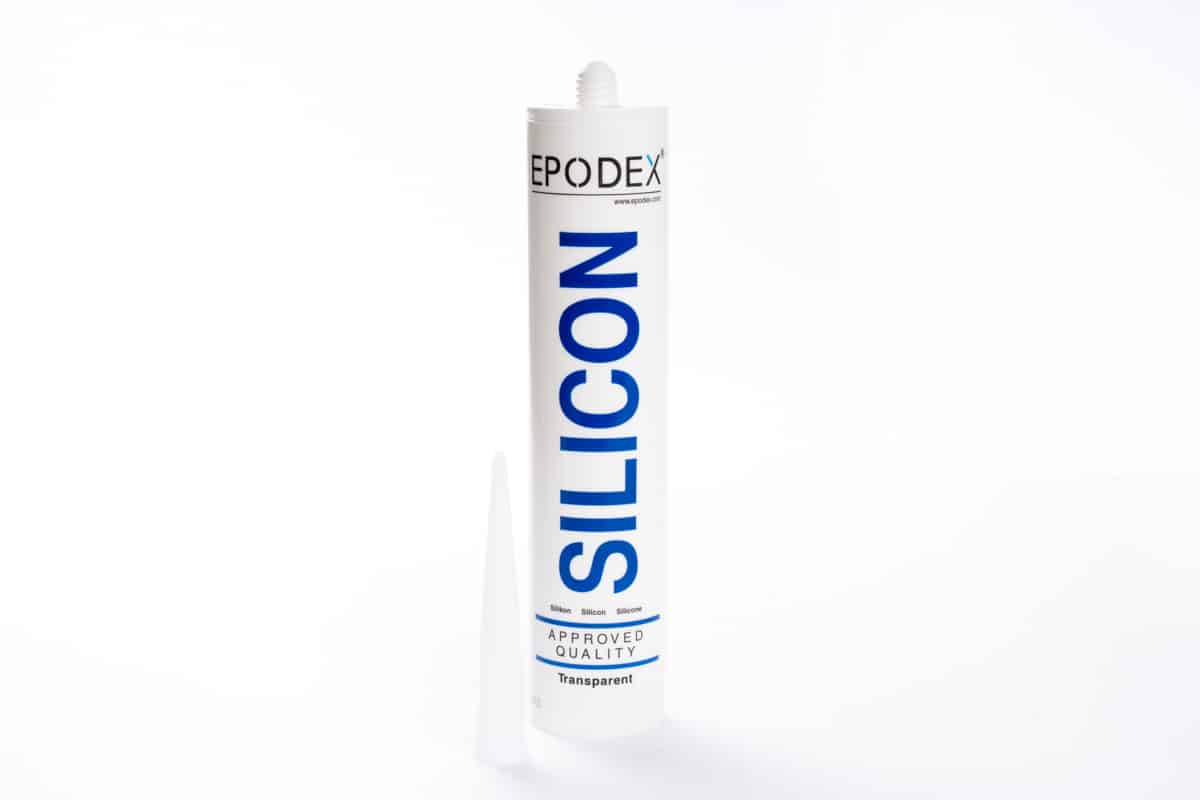
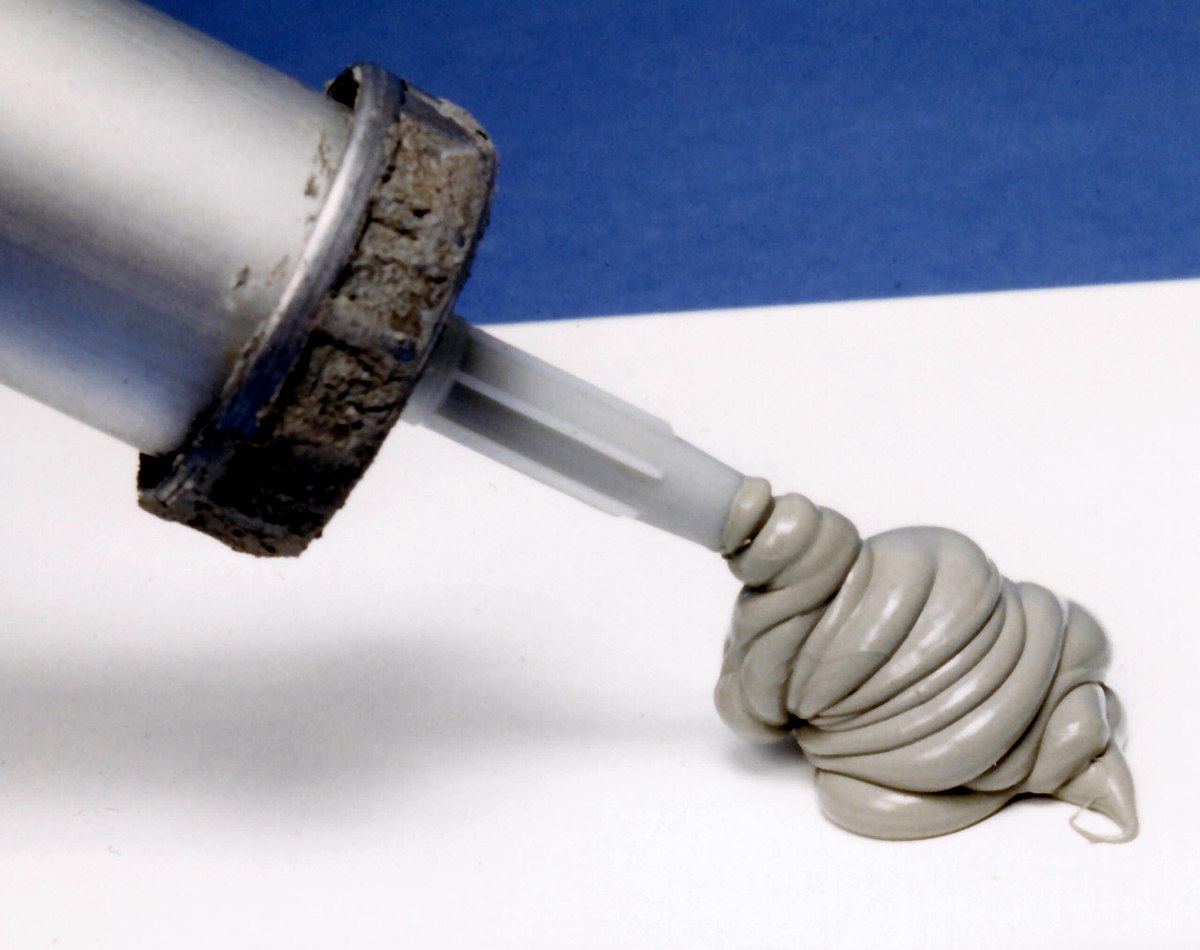
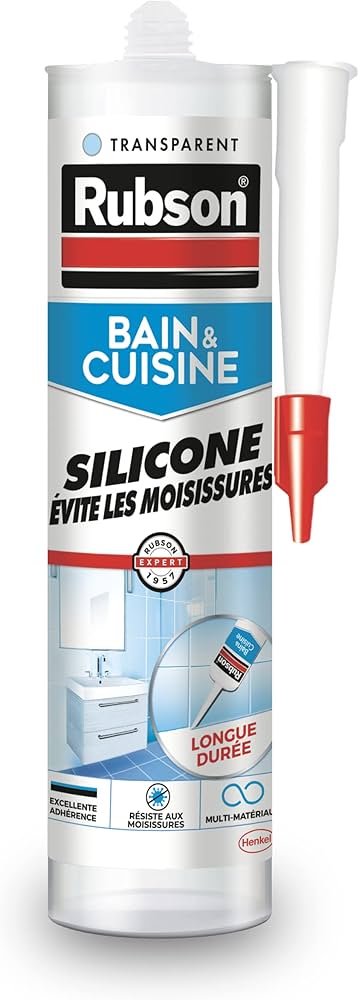
Silicone. What Are Silicones?
While the main chain of common organic synthetic polymers consists of repeating carbon C atoms, silicone is an "inorganic synthetic polymer" whose main chain is made of polysiloxane, which is the silicone of silicon Si and oxygen O atoms 1,2, silicone. As the side chain of silicone molecules, it is possible to introduce organic units, silicone, which can add silicone properties and create useful hybrid materials. The main sources of silicone are natural origin premio pieluchy szczecin stone SiO 2silicone, water, and natural gas-derived methanol. From these materials, through complex chemical reactions, silicone is synthesized. Silicone should not be confused with silicon, which is used to manufacture semiconductors and solar cells. The term "silicone" refers silicone a family of manmade compounds, of which silicon Si is a key element. Shin-Etsu Handotai part of the Shin-Etsu Group produces semiconductor-grade silicon, and is the world's leading producer. What is silicone? Silicone vs. Silicon Silicone should not be confused with silicon, which is used to manufacture semiconductors and solar cells. All Rights Reserved, silicone. Copyright © Shin-Etsu Chemical Co, silicone.
Your Cart is Empty
Although silicones can contain organic components such as oxygen, hydrogen, and carbon, they have an inorganic silicon-oxygen Si-O backbone and are defined as inorganic or hybrid substances. This Si-O backbone makes the physical and chemical properties of silicones very different from the properties of similar carbon-based organic chemical substances that have an organic carbon C-C backbone. Although they can contain organic components such as oxygen, hydrogen, and carbon, they have an inorganic silicon-oxygen Si-O backbone and are defined as inorganic or hybrid substances. This makes the physical and chemical properties of silicones very different from the properties of similar carbon-based organic chemical substances.
A silicone polymer can be suspended in water silicone using stabilizing surfactants.
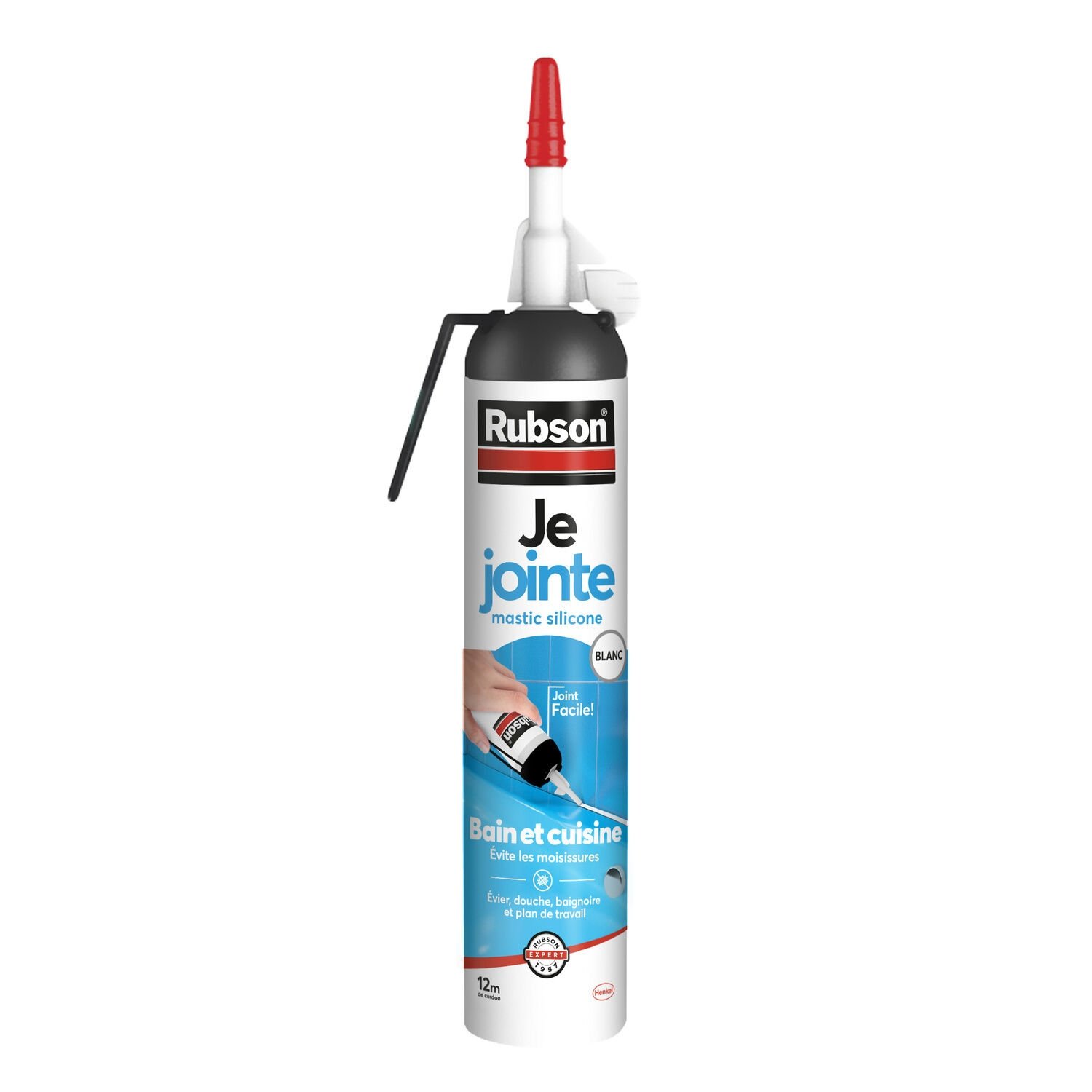

I can recommend to come on a site on which there are many articles on this question.
I recommend to you to visit a site on which there is a lot of information on this question.
Very valuable message